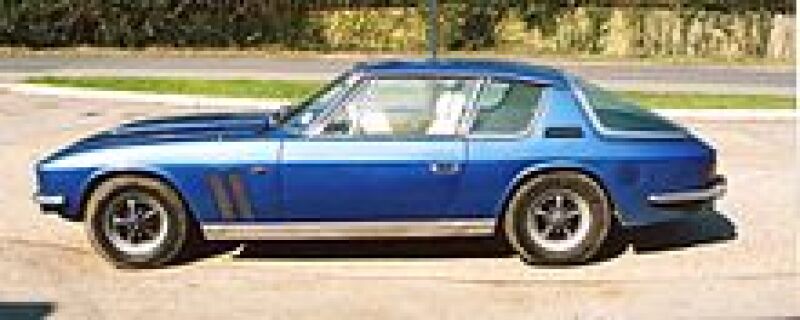
There were some striking statistics presented at a recent seminar held at King & Wood Mallesons SJ Berwin in London. Partner David Rose, or one of his team, had added up substantive decisions concerning brands in 2013 and concluded that there were five appeals (compared to one in 2012) and 12 substantive trials (up from five in 2012) in the High Court, plus seven trials in the IP Enterprise Court (formerly Patents County Court).
One month in to 2014, the boom seems to be continuing. We have already seen one brand-related decision from the Court of Appeal (the FAGE v Chobani Greek yoghurt case) and another one (Cosmetic Warriors v Amazon) is expected this week. In the meantime, the Court has been hearing an appeal regarding survey evidence in Zee v Zeebox.

In the High Court, so far this year there have been decisions in cases involving Nestlé and Cadbury (concerning the shape of the Kit-Kat bar); Jack Wills and House of Fraser (the pheasant mark); and Healey Sports Cars and Jensen (the Jensen mark – discussed on the IPKat blog); as well as the latest instalment of a fight over the Queensbury boxing brand.
The figures support anecdotal evidence from lawyers that life is busy, with lots of cases – many of them big and complex.
What could be causing this rush to court? One preliminary point is that there are more trade marks registered, with the number increasing every year. Some people have even talked of the “cluttering” of trade mark registries, exacerbated by wide specifications and OHIM’s three classes-for-the-price-of-one policy. That may be true but, based on discussions with trade mark practitioners, here are a few other possible explanations:

1. The economy. It’s a truism that companies are more likely to fight over disputes when there’s a downturn, and their normal revenues are under pressure. That may explain some of the activity in the confectionery sector, for instance. Companies may also look to resurrect old brands – the Jensen case involved a trade mark bought out of a bankruptcy while the Queensbury and Scrabble brands have both been around for a long time. But such links are difficult to prove. As Chris McLeod of Squire Sanders put it: “A more positive view is that the upturn is beginning and people have got more money to spend.”
2. Cost and speed: London lawyers will tell you that the UK courts have become a cheaper, quicker place to bring disputes over the past few years, and this must be attractive to parties in trade mark cases, especially where product life cycles are short. The IPEC (led by then Judge Birss) has led the way in this, with a strictly enforced costs cap and abbreviated hearings.

3. Globalisation and the internet: Many recent disputes have arisen from online trading or new technologies. The extensive Interflora litigation concerned Google AdWords; the Scrabble/Scramble case was partly about an app; while Sky has been involved in two cases, one concerning cloud services and one relating to cross-border TV broadcasts. Meanwhile, globalisation means that disputes that were once confined to one jurisdiction may now take place in dozens, with parties playing “tit-for-tat” or, as one lawyer put it: “If you wave your CTM at me, I’ll obliterate your portfolio in South America!”
4. Novel marks: Do many of the disputes arise from attempts to push the boundaries of trade marks, through novel types of marks? You could say that is true of the Nestlé-Cadbury fights over the colour purple and the shape of chocolate bars (the latter has led to questions being referred to the CJEU), while one aspect of the Scrabble battle concerns a mark for the shape of a tile. In Spain, the Supreme Court recently ruled against Orange’s trade mark application for the colour orange (see IPKat report). Overall, though, it remains surprising both how few non-traditional trade marks are applied for and also how rarely they are enforced. As one lawyer told me: “Many clients go to a lot of trouble to get these marks but then never enforce them – probably because they don’t want to get into a battle over validity.”

5. Basic marks: However, despite point (4), quite a lot of the recent UK cases involve disputes featuring simple and often commonplace words – such as Now, Sky, History and Fine. How do you explain that? One suggestion, bearing in mind (3) above is that companies are increasingly using short, simple and even descriptive words to attract traffic online and build a memorable global brand that spans cultures and languages. That may work for websites (and there may be more opportunities thanks to the new gTLD programme being rolled out) but it can bring problems for trade marks. If that is a trend, then it suggests litigation over trade marks is going to keep on increasing.
That’s just a few thoughts. I’d love to know what readers think, though, especially in other jurisdictions. Are you seeing more trade mark litigation and if so what do you attribute it to?








